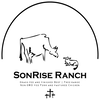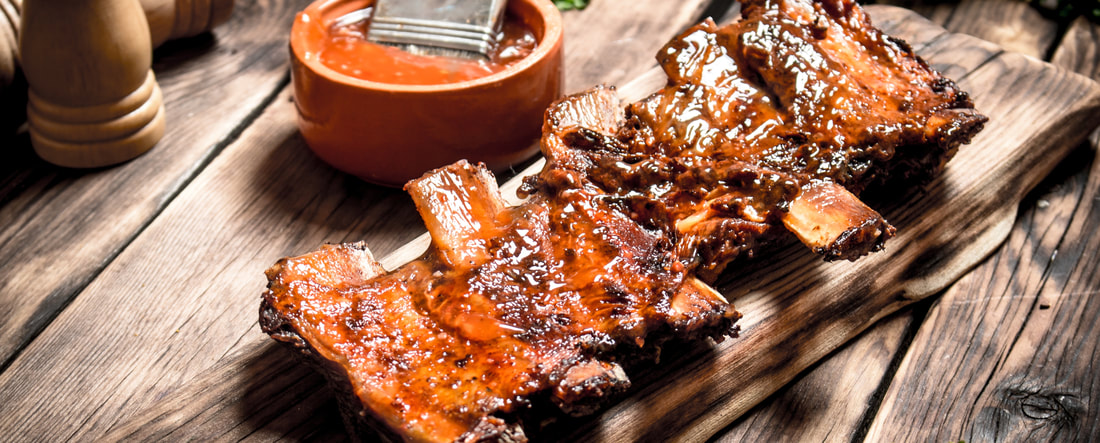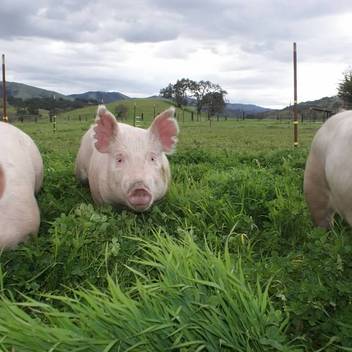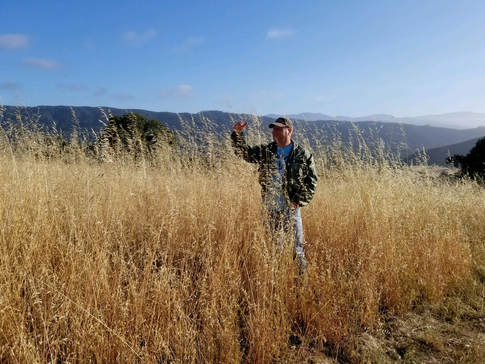Dry Aged Beef, of any type (Grass fed or not) cooks much differently than non-Dry Aged, so, the bulk of discussion centers on this topic. That is fine, for your average steak lover, but, occasionally we have a talk with a what I call a "clean eater".
These are folks who follow a strict dietary regimen, such as AIP (auto-immune protocol eating), KETO, PALEO and the like. These eaters are not just mimicking something the doctor told them in passing, like "You should really stay away from...(fill in the blank).
They pour themselves into taste, quality and sourcing the cleanest food available. In truth, it is how the culinary arts and domestic skills of yesteryear were practiced.
They've created a larder of nutrition in their home. This is food purity, sacredness, consecration - truly a sight to behold and, if you are ever fortunate enough to join them for a meal, it will be an experience you will not soon forget.
In our home we grow what we eat. When we do purchase food, it comes from only a few trusted Farms we know, personally. Thus, the lexicon of food righteousness, for lack of a better term, has become a second language for us.
Eve speaks the language of food righteousness fluently, with grace, and is no doubt a true darling of the movement.
The few processed foods found in our house usually fall into the category of condiments. I've always struggled to find good condiments - it seems like every Ketchup found in the entire universe have loads of High Fructose Corn Syrup (HFCS) or Sugar in them. Add to that the risk of pesticide accumulation found in all the common, industrial, factory farmed condiment ingredients and you have a real risk of tanking your own personal ecosystem.
So, in keeping with our anti-establishment thinking, Eve made our own BBQ sauce. In light of the impending holiday weekend, I thought we might share it with you...
 SonRise Ranch BBQ sauce by Eve Lindamood (all rights reserved)
SonRise Ranch BBQ sauce by Eve Lindamood (all rights reserved) - 15 ounce can of organic tomato sauce (better yet, make your own - it's super easy)
- ¾ cup Braggs Organic apple cider vinegar
- ½ cup Xylitol or equivalent stevia
- 3 Tbsp Worcestershire sauce
- 1 ½ tsp organic garlic powder
- ¾ tsp himalayan sea salt
- ¼ rounded tsp organic ground cayenne
- ½ tsp organic pepper
- 1 Tsp organic onion powder
Add all ingredients to sauce pan. Heat over med-high heat, stir and bring to a simmer. Simmer for about 15 minutes, stirring frequently. Cooking longer results in a thicker sauce. Doubling the recipe will take an additional 10 minutes to thicken.
Once you are done, here is what you will have; about 2 cups per recipe
Grab some short ribs, flank ribs or back ribs and pressure cook them as described in this FACEBOOK post. Once done, place them in the broiler and cover with BBQ sauce.
Be prepared for a food odyssey!




 RSS Feed
RSS Feed